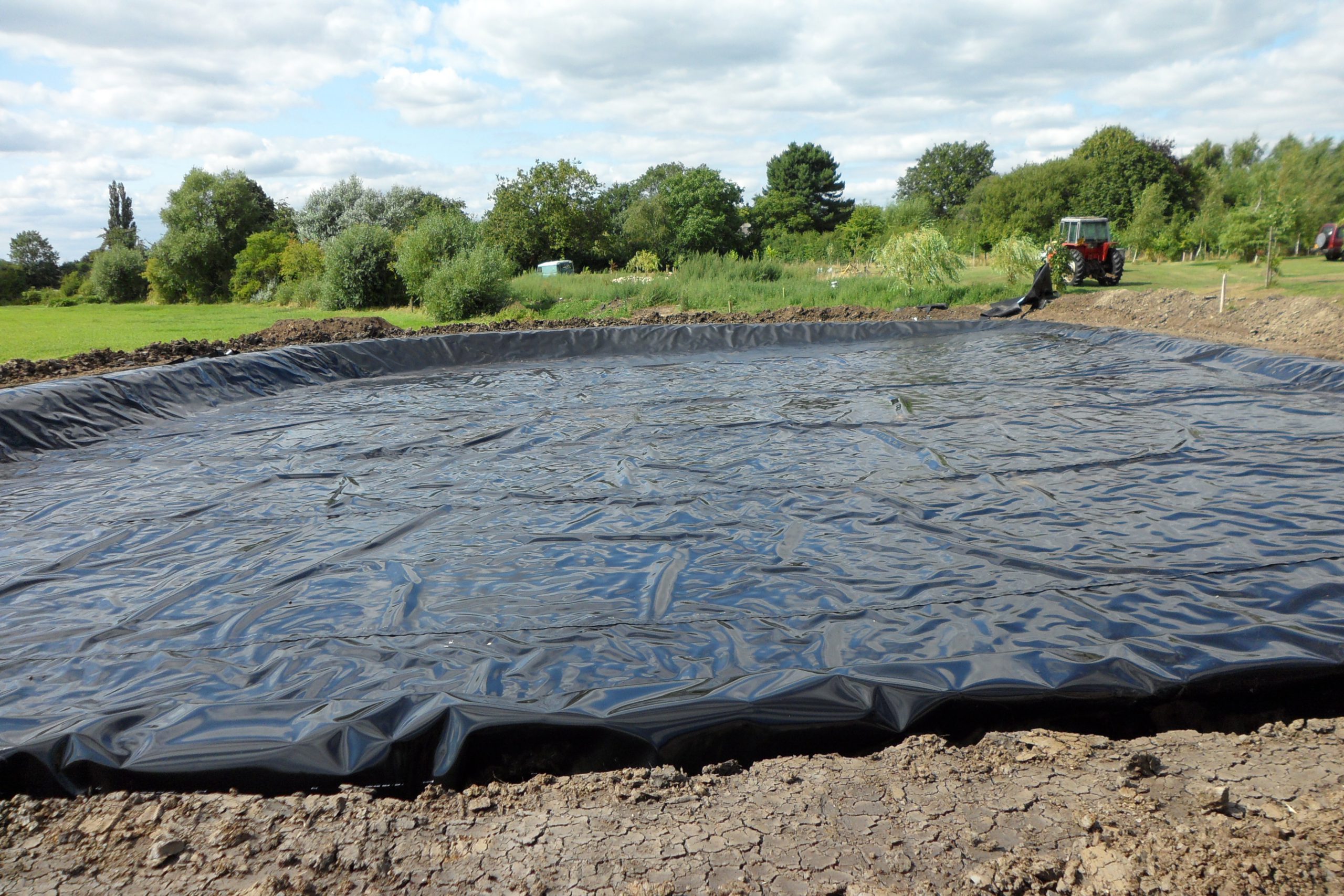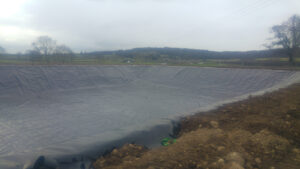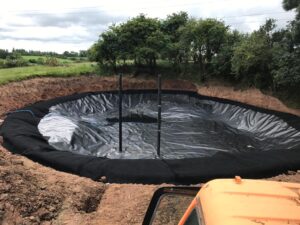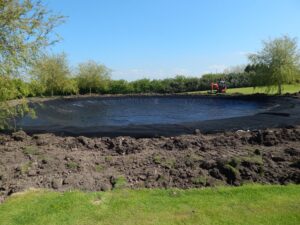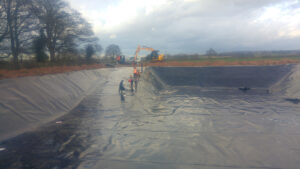Everything Developers Need to Know
In today’s construction landscape, managing surface water effectively is not only a best practice—it’s a planning requirement. For developers across the UK, attenuation ponds are an essential element in achieving Sustainable Drainage Systems (SuDS) compliance and reducing flood risk. But while the design and function of these systems are well documented, the importance of selecting the right attenuation pond installers is often underestimated. This guide explores everything developers need to know about working with professional attenuation pond installers, from planning and installation to long-term success on site.
Why Attenuation Ponds Matter in Development
Attenuation ponds are engineered basins that store and slowly release surface water runoff from developed land. They help mimic natural drainage by reducing the volume and speed of water entering watercourses or sewer networks. In large-scale developments where impermeable surfaces dominate, these systems are critical in managing flood risk and satisfying planning conditions. An attenuation pond must be designed, installed and maintained to perform efficiently for decades. Poor installation can lead to leakage, failure to meet discharge rates, regulatory breaches or even site flooding—all of which come with serious financial and reputational costs.
The Role of Attenuation Pond Installers
Professional attenuation pond installers do far more than dig a hole and fit a liner. They take on a technically complex role that involves surveying, compliance, safety and collaboration with civil engineers, architects and local authorities. A skilled installer will begin with a thorough site assessment, reviewing soil types, gradients, water tables and runoff expectations. They’ll ensure the pond is sized and located for maximum performance and minimum disruption. From earthworks to lining, flow control and finishing, every step is critical to ensure that the pond functions as intended and stands up to real-world storm conditions. Experienced installers also handle the regulatory and documentation side of the job, providing evidence of compliance with planning conditions and working within Construction Design and Management (CDM) regulations. This is a major advantage for developers under pressure to meet project deadlines and pass inspections.
When to Bring in an Installer
The best time to engage with attenuation pond installers is during the pre-planning or early design phase. Doing so allows your drainage strategy to evolve in line with the overall site layout, reducing the need for redesigns or expensive late-stage fixes. Early collaboration ensures the attenuation pond is factored into levels, access, services and landscaping from day one. Installers can flag potential issues, advise on buildability and ensure the system integrates with other SuDS elements like swales, permeable paving or soakaways. Waiting until later in the process can lead to rushed decisions, missed compliance targets or poor coordination with the rest of the site team. It can also limit your options, as some systems may not be feasible once groundwork is underway.
What to Look For in a Reputable Installer
Choosing the right partner is critical to the long-term performance of your drainage infrastructure. Look for companies with proven experience installing attenuation ponds in both residential and commercial settings. A reputable installer will be fully insured, CHAS or Constructionline accredited and familiar with current SuDS guidance, including CIRIA C753. Review their portfolio, seek references from past clients and ask for examples of how they’ve dealt with challenging installations. A skilled installer should also be able to explain technical concepts in plain language, helping you make informed decisions without guesswork. Ensure they provide full documentation, including as-built drawings, maintenance guidance and flow control certificates where required. These materials will be essential for meeting planning conditions and satisfying any queries from water authorities or building control.
Long-Term Value for Developers
Attenuation ponds are a long-term asset. When installed correctly, they not only satisfy local drainage policies but also enhance site resilience, biodiversity and aesthetics. In many cases, a well-integrated attenuation pond can be a visual and ecological feature, supporting wildlife and contributing to biodiversity net gain targets. Professional installers also help future-proof developments. With climate change increasing rainfall intensity and planning regulations tightening, a well-designed and properly installed attenuation pond will protect both infrastructure and investment.
Trust the Experts
For developers, working with professional attenuation pond installers isn’t just a box to tick—it’s a strategic investment in your site’s performance, reputation and compliance. From early-stage input to on-site execution, their expertise helps avoid costly mistakes, satisfy planning authorities and deliver effective water management solutions that last. Whether you’re delivering a commercial estate, residential scheme or mixed-use development, partnering with trusted and experienced installers like Enviroseal ensures your attenuation pond is built to standard, built to last and built to protect your project from the ground up.
For further information or to discuss project requirements, please contact Enviroseal at 01695 228 626 or enquiries@enviroseal.co.uk.

